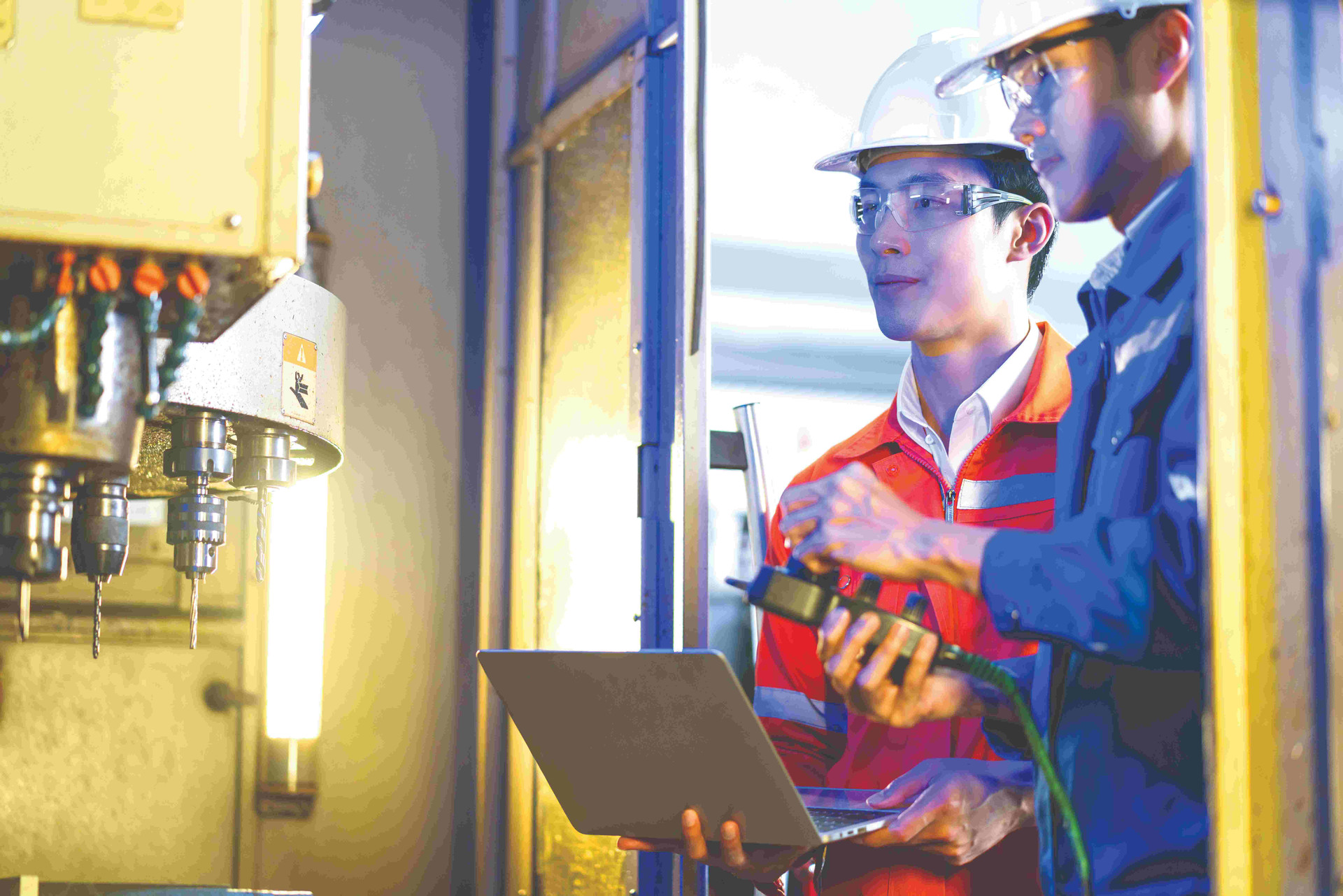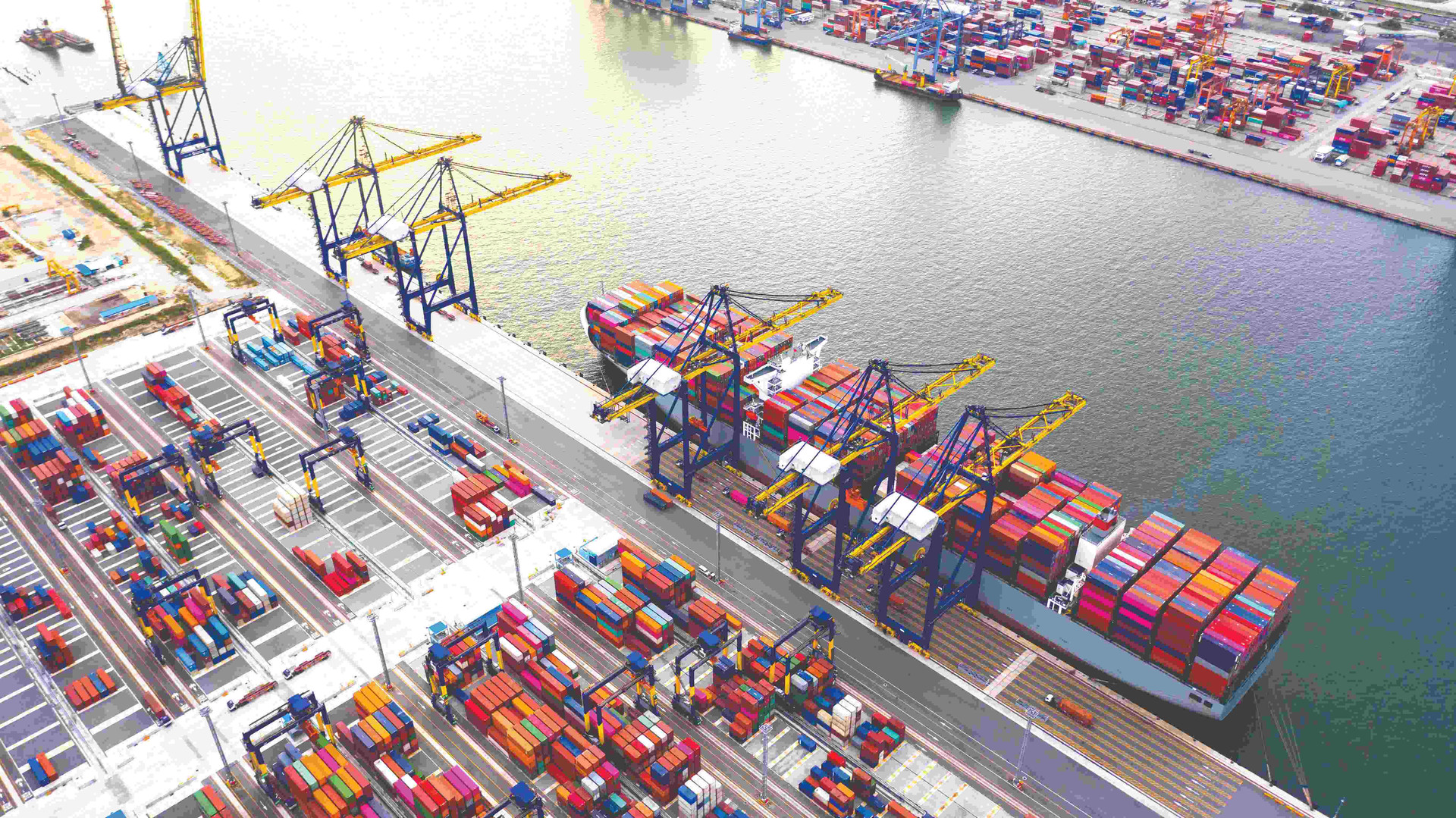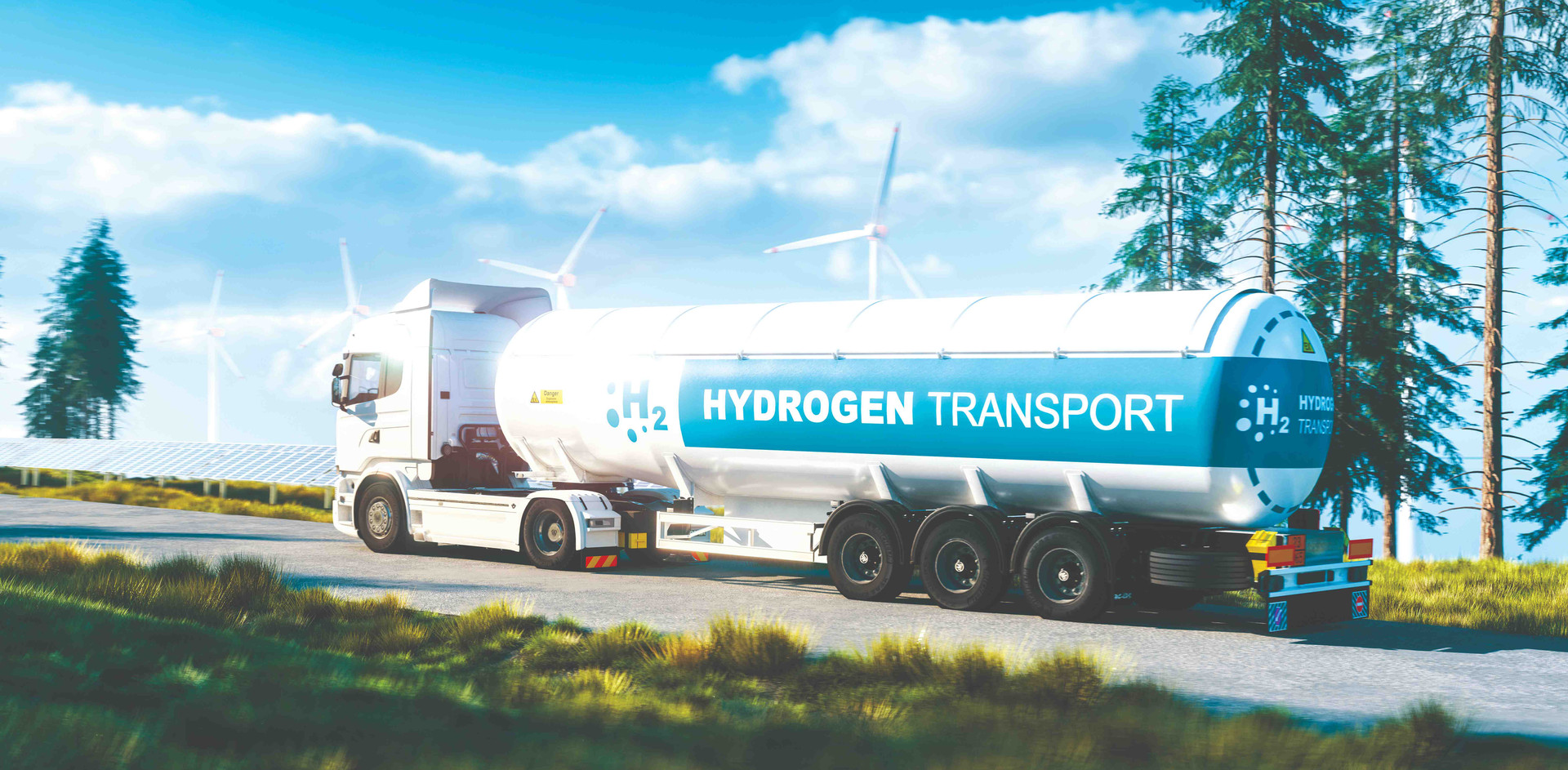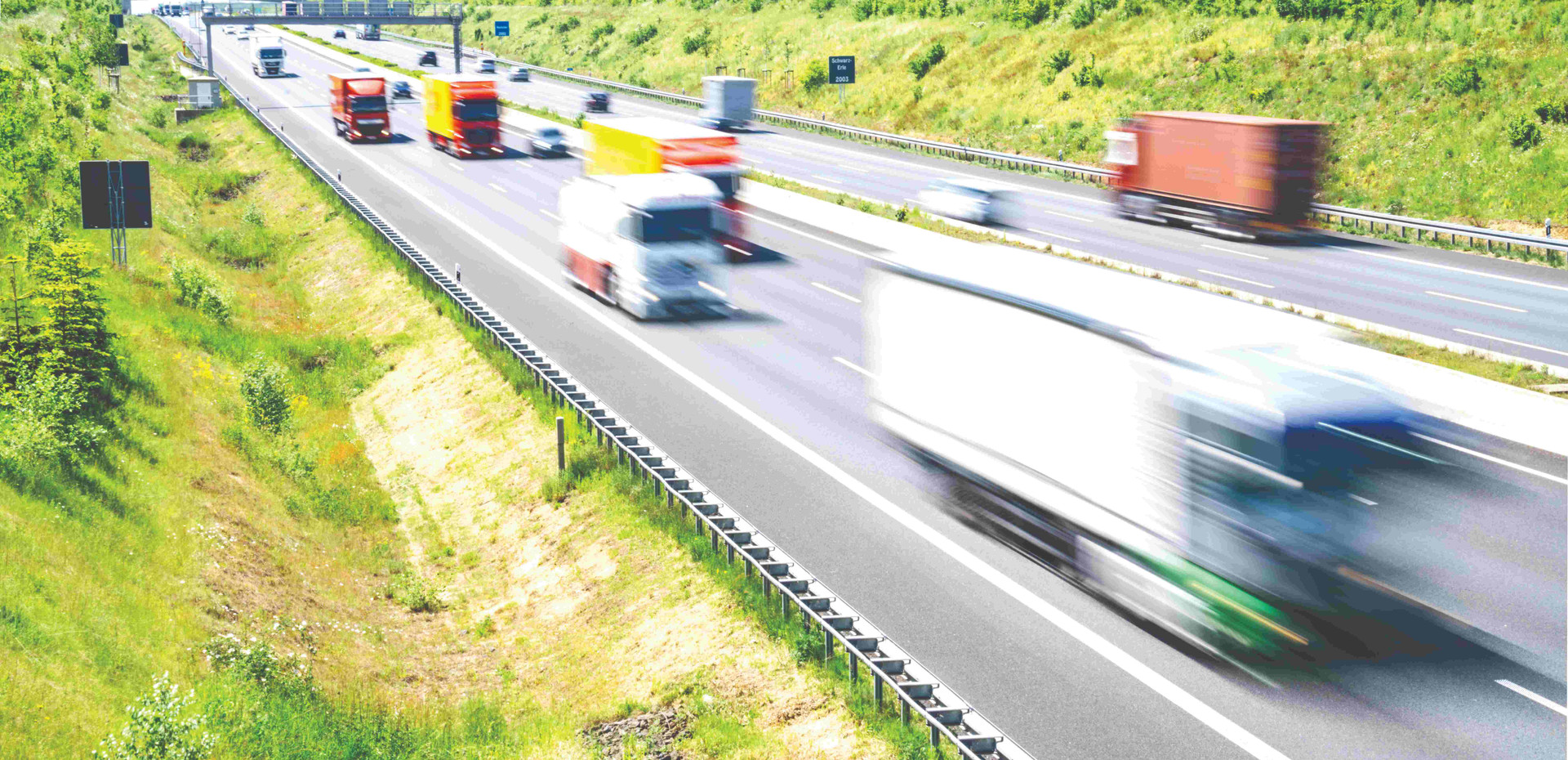Green logistics needs coordination between the state and enterprises
English - Ngày đăng : 11:50, 16/01/2023
In the long run, green logistics will bring socio-economic efficiency and sustainability. However, to do so, there should be a long-term roadmap with short- term and long-term appropriate changes.

Where are obstacles for green logistics?
One of the biggest obstacles in the implementation of green logistics goal is the fact that the infrastructure of Vietnam’s logistics sector is currently relatively outdated compared to those in other countries in the world. Degraded road system, unsynchronized expressway system, lack of connection result in slow speed and long transport time and they are the main causes leading to an increase in noise pollution and emissions... With millions of trucks and tractors using gasoline or diesel engine and LPG or electric vehicles accounting for a very small proportion, it will take time and financial resources to convert to electric vehicles using more cleaner and more environmentally friendly fuel. The hundreds of years outdated railroad system are using outdated diesel locomotives, small gauge railways, and limited speed are no small obstacles in implementing green logistics in Vietnam. Currently, only the project of developing North-South Express Railway and a number of urban railroad systems as Cat Linh- Ha Dong, Ben Thanh- Suoi Tien are electricity-powered, the rest is using diesel. Similarly, in fields of sea transport and local waterway transport, fleets of outdated sea vessel, barges, and tugboats are causes for serious environment pollution and their exploitation efficiency is not high.
In the field of warehousing and packaging, there has been rapid development in modern warehousing system in recent years: reducing traditional energy consumption, using more renewable energy. Renewable materials as wood and paper have been used on priority. However there are still many warehouses, distribution centers, ICDs and especially port warehouse system being outdated. Loading equipment, storage have had a little maintenance or repair, so it is difficult to achieve green logistics goals in the near future.
Supply chain management and operation should also be mentioned when talking about green logistics. Bad management of a supply chain will result in the waste of using equipment: more empty vehicles operating will cause more negative impacts to the environment.

After all, finance factor plays a very important role in implementing the role of green logistics. To improve quality of infrastructures as roads, railroads, systems of warehouses and storage or to replace outdated means of transport or to replace traditional energies by clean energies as LPG, electricity, and solar energy, there should be finance resource of hundred billions of dollars for each field. A long-term roadmap needed.
Together achieve the goal of cost cutting and sustainable development
First, it is necessary to be aware that implementing green logistics goals in the long run will help enterprises reduce costs and increase profits. The fact proves that the initial cost to use clean energy, modern vehicles and equipment in the long term will help businesses reduce maintenance and repair costs, increase operating capacity, and increase their operation time, which will then increase enterprises’ revenue and reduce production costs. And they can achieve sustainable development. However, there should be cooperation between the State and enterprises for the goals of green logistics.

On the government side, priority should be given to allocating financial resources to upgrade and develop modern infrastructure in harmony between regions. North-South Expressway and high-speed railway system should be developed in the next 5-10 years. Good transport infrastructure will help speed up the circulation of goods, thereby reducing negative impacts on the environment.
The state needs to have preferential policies to encourage enterprises to take the lead in implementing green logistics: investing in renewing equipment using clean energy as LPG, electricity, renewable energy... Paying special attention to emissions reductions for millions of trailers and aging fleets of ships. Of course, the cost is expected to be very large, so it is necessary to have a financial support roadmap for enterprise to gradually replace outdated vehicles, in parallel with investing in equipment to gradually upgrade old vehicles to reduce emissions.
On the business side, it is necessary to realize that green logistics is not only a long-term benefit of reducing costs, increasing profits for enterprises, but also a social responsibility for their customers and environment. Customers in the long run will put pressure on enterprises to change to the green logistics trend to meet their increasingly higher needs.
Specifically, road transport enterprises need to manage and operate vehicles well, mobilize an appropriate number of vehicles to reduce the number of trips, reduce empty driving, and better maintain vehicles to reduce fuel consumption costs, which enables to reduce emissions. Investment in new vehicles using clean and renewable energy should be on priority.
Similarly, shipping enterprises also need to take measures to improve vehicles, use less sulfur fuel to reduce emissions, gradually replacing their old fleets running DO with new ones running on LPG or electricity.

For warehousing and packaging enterprises, it is necessary to have a long-term strategy to use green materials such as wood, stone, CMUs (concrete masonry units), paper, foam, bamboo... in factory construction and product packaging. Using electricity or LPG lifting equipment, cranes and packing machines should be put on priority. Using solar panels for roofs of factories and warehouses and low energy-consumption lights are good solutions for green logistics goals.
Finally, logistics enterprises need to apply ISO 14001:2015 and strictly comply with the requirements of ISO 14001:2015 on management and environmental protection to ensure sustainable green logistics goals.
